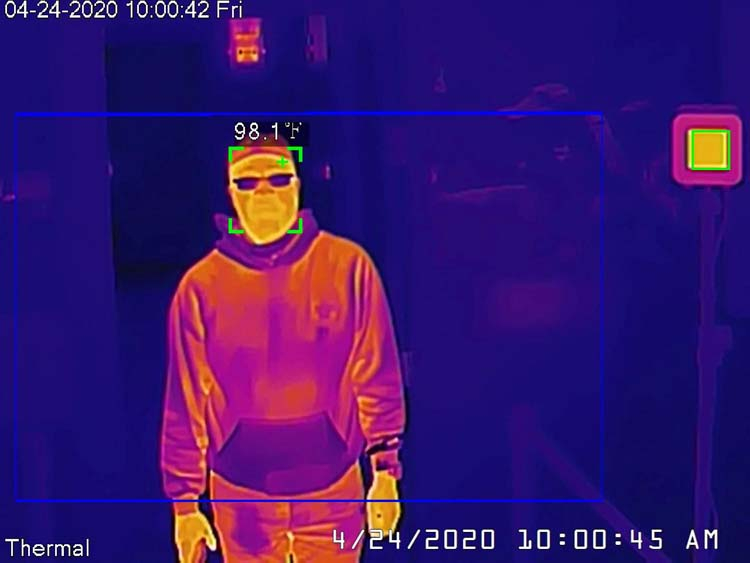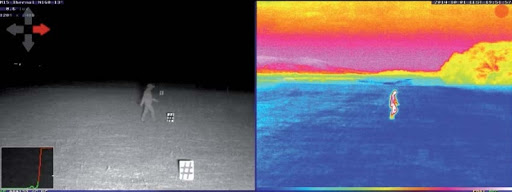Those looking for an effective outdoor intruder detection solution are increasingly turning their attention to smart thermal cameras. Such cameras are suitable both for protecting entrances or entrances to small objects, and for protecting the perimeter of large objects of energy, utilities, chemical or transport infrastructure. Thermal cameras, used in conjunction with video analytics tools, provide an effective solution for detecting intruders and sending instant notifications.
Prompt response is one of the main advantages of thermal imaging systems
To detect intruders at facilities, various solutions are currently used - coaxial and fiber-optic sensors, microwave, seismic sensors and radars. However, all of these solutions are significantly inferior to thermal imaging cameras used in conjunction with video analytics tools. The advantages of thermal imaging systems are speed of response, which is extremely important for catching an intruder, and the ability to capture on video all the details of an incident without the need for additional equipment. Data on the scale, location and nature of the incident allows security services to prepare the fastest possible response

Thermal imaging solutions reduce false alarm rates
Another advantage of thermal imaging solutions is their accuracy. Alert notifications on detection of intruders must be accurate and truthful. Misleading detection tools negate the effectiveness of your security systems. It is for this reason that thermal imaging solutions are unmatched. They are ideal for detecting people outdoors, as they react to thermal radiation from objects within the field of view, ignoring the fluctuations in lighting that often cause false alarms in conventional visual detection systems (as is the case with flashlights or reflections in water).
Superior quality video surveillance day and night
While the ability of thermal imaging cameras to see in the dark is undeniable, the latest thermal imaging cameras also perform excellently in daytime conditions. This, however, was not so easy, since in daytime conditions the temperature of the human body can be lower than other surfaces next to it, because the road surface, building walls and other infrastructure absorb solar heat. In earlier versions of thermal imaging cameras, this feature led to the formation of large blind spots in which intruders could go unnoticed.

Today, thanks to technological innovations and an increase in the sensitivity of thermal imaging detection tools, as well as an increase in the proportion of video processing by the cameras themselves, thermal imaging solutions, together with video analytics, can detect intruders with high accuracy in conditions of bright sunlight, fog, rain, etc. Such capabilities have allowed thermal imaging cameras go beyond the traditional role of a "night vision tool" and become an effective means of detecting intruders around the clock.
Smart detection and analytics
Smart thermal cameras are also excellent at detecting and assessing threats. Some thermal cameras can automatically control robotic cameras to focus on a detected target to quickly qualify an event. The combination of thermal cameras and robotic cameras provides complete control over the entire perimeter.
Cost effective solution for perimeter protection
Cost effective outdoor security solutions are a basic need for many security professionals looking to protect critical assets. Thermal cameras capture more, detect more and are able to operate 24 hours a day, providing clear images, alert notifications for complete control over facility security. All of these benefits and reduced costs create new opportunities to improve safety at critical infrastructure facilities in any conditions.
